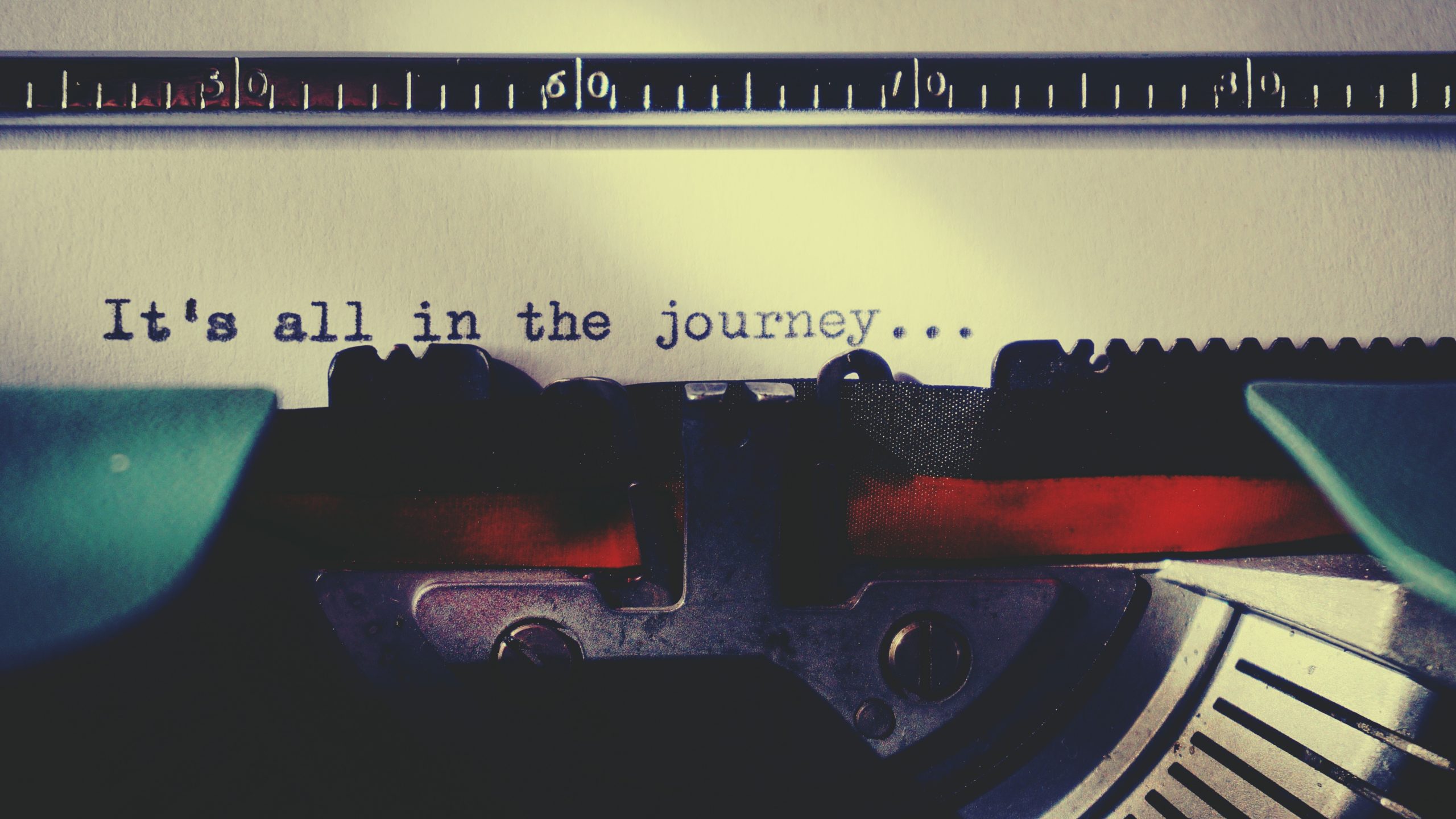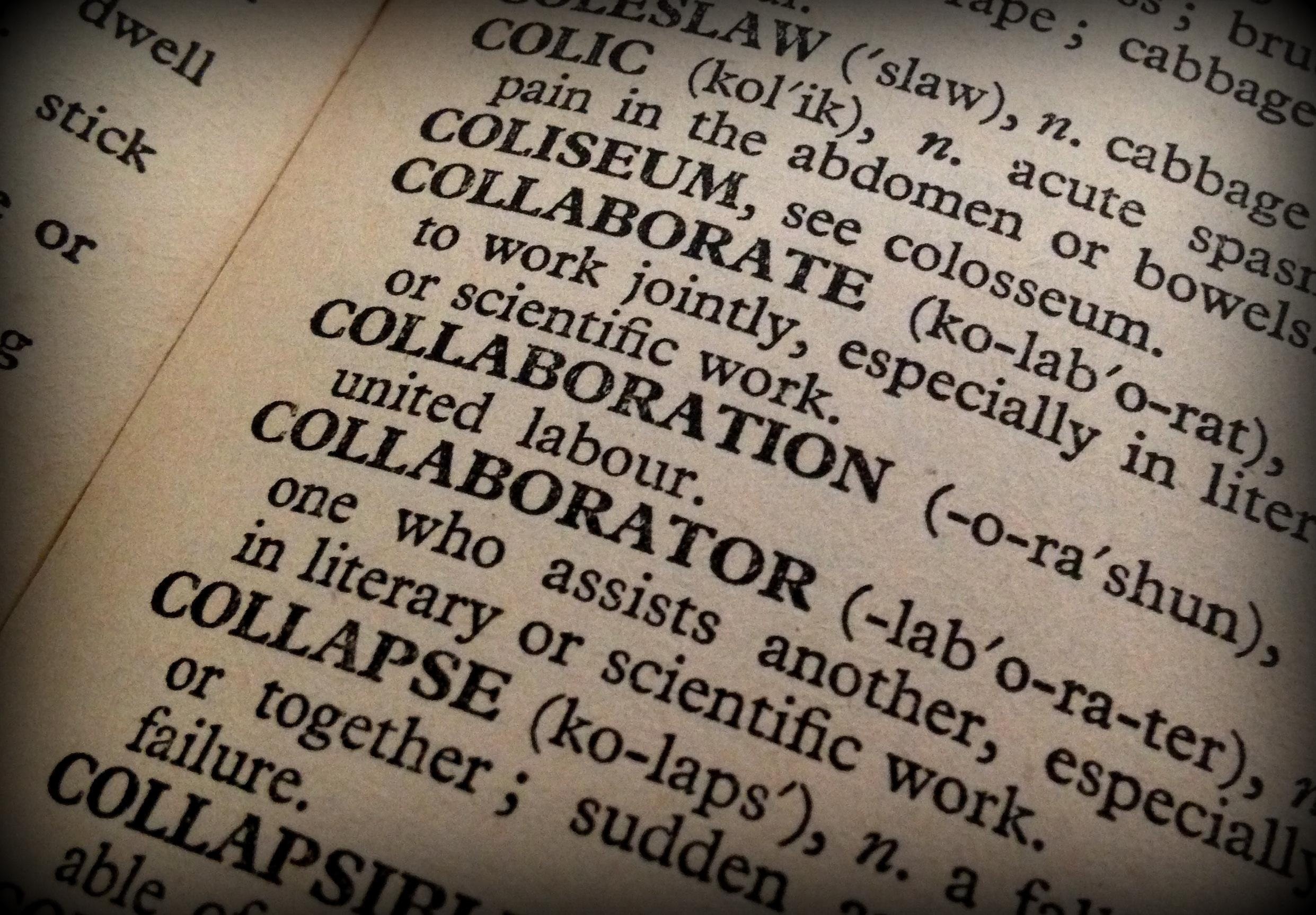Introduction
Today, we’re going to talk about upping the stakes. Last week, we talked about sub plots, and we’re going to tie together our sub plots and upping the stakes. Often, sub plots are the result of upping the stakes. Whether you end up with a sub plot or not, however, upping the stakes will always result in more complex plots.
What Does It Mean to Up the Stakes?
Simply put, upping the stakes just means making things more difficult and more important for your characters. You want the outcome of the story to come to matter so much that the character cannot walk away. In some cases, the stakes may rise so much that the character’s stake in the situation is a life or death matter. But making things matter so much for them is going to require some work on your part. Let’s take a look at how you can achieve this.
Upping the Stakes – Where to Start
The exercise to figure out where and how to up the stakes for characters is relatively simple. Get out a piece of paper and a pencil or pen. Then write down the characters and, next to their names, what it is that matters most to them. Once you know that, ask yourself how you make that thing matter even more. Keep listing out reasons until you run out of ideas. Then set it aside and come back to a little later to see if you can add even more ways it will come to matter.
Using the Exercise
Once you’ve listed out all the possible reasons that what a character wants most comes to matter, look over the list. What are some of the best reasons in your list? What will work well with the story or add layers of complexity to what you already have? Are there any surprising reasons on the list? Often reasons that add complexity or are in some way surprising are the best ones to add in. They keep the story interesting and engaging for the readers while simultaneously forcing the character to a point where they must make choices, fight for what they want, and decide not to walk away (or perhaps are unable to do so).
The key is to take away from the exercise at least five or six good reasons that you can develop as the story goes along.
Developing the Stakes
Once you know what will keep upping the stakes, you have to develop those stakes in the story. If they were all out in the open to begin with, there would be no progression of events, and you really wouldn’t be upping the stakes at all. Instead, take the most obvious motivators or the ones that still allow the character to walk away from the fight and start out with those. Let’s take a look at an example.
Trader Prince of Aleshtain
In my current WIP, Eras wants to become an air captain. It’s been his lifelong dream. Unfortunately, he’s the crown prince of a country, and he can’t just ditch his duties to go flying a ship through the skies. That’s the first stake. He wants to be an air captain more than anything, but if he did so, he’d have to leave his home and his people behind. But what can make his childhood dream matter even more? The introduction of a slave girl he’s trying to keep out of his father’s clutches.
As his father thwarts his attempts to keep her safe, he goes to increasingly high risk methods to keep her from harm. Eventually, he bets his father that in two years as a trader and captain of his own ship, he can make enough money to pay off any investment his father has in the venture. If he succeeds, he wins his freedom, which is what being an air captain really means to him. He also wins the ability to do as he pleases and to protect his woman from his father.
And if that isn’t reason enough to care? His father’s treachery and backstabbing in an attempt to ensure Eras loses that bet force him to send his woman away, perhaps permanently. And doing that puts his own life at risk in an increasingly unstable political environment. So now if he doesn’t win the bet, he could lose his life, not just his chance at freedom. So by the time that the book is beginning to come to the climax and conclusion, the matter of becoming an air captain—and thereby winning his freedom—has become a matter of literal life or death for him and for those he’s trying to protect.
Your Process
This is the same process you want to follow. Your character’s stakes won’t be the same, but the point is that it has to come to matter so much that they have no choice but to fight for one thing or the other that they want or need. It must seem like life or death for them even if, in the end, their failure won’t actually result in their deaths.
Sub Plots and Upping the Stakes
In the process of developing the stakes, you may discover that you end up with sub plots without really trying. For example, a sub plot that developed from the example above is Eras’s time traveling around Alcardia to trade. It’s connected to the main plot, but it is not the true plot. Similarly, Rhubhian’s time in her country after Eras sends her away is a key sub plot and leads to development for her. Despite that, it isn’t the main plot even though it leads into happenings within the main plot. If you find this happening in your work as well, don’t stress about it. Let it happen. Usually this results in a better, stronger story even if you didn’t plan for the piece to go that direction.
Conclusion
I hope that this has helped you to better understand how to up the stakes in your novel. How you choose to go about doing so is up to you, of course. Everyone has a different way of figuring out how and where to up the stakes. The method I presented in this exercise is simply my preferred method out of the ones I’ve tried.
Whether you choose to use it or another method, however, upping the stakes is a must. No matter what type of story you are telling, the book will fall flat without the work you will do. Upping the stakes will broaden the story in ways other techniques can’t. It will certainly make the characters’ main desire matter ever more in the course of the story. This will result in better reader engagement in the end. The work will be worth it!
If you’re looking for more detail on upping the stakes, check out Donald Maas’s Writing the Breakout Novel set.








